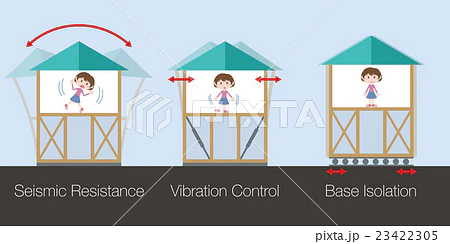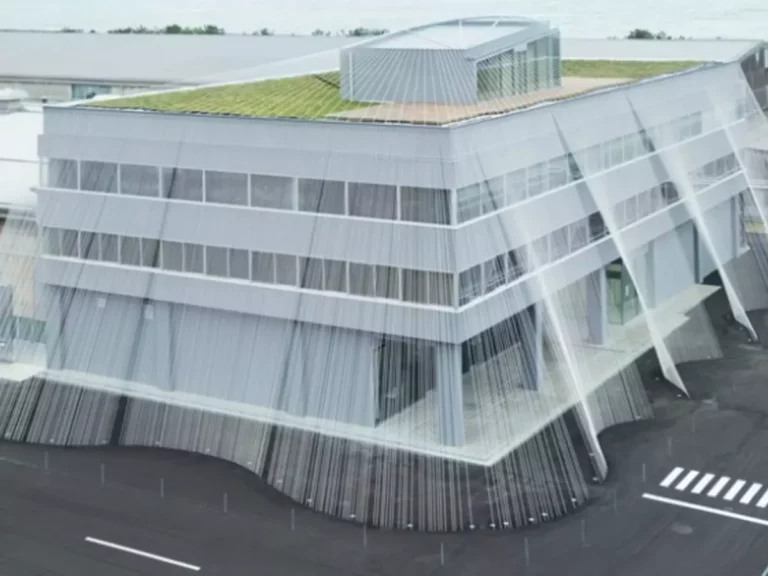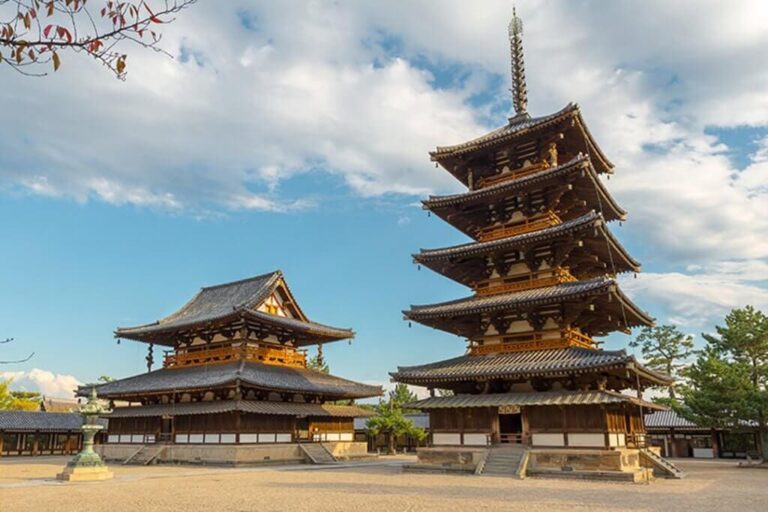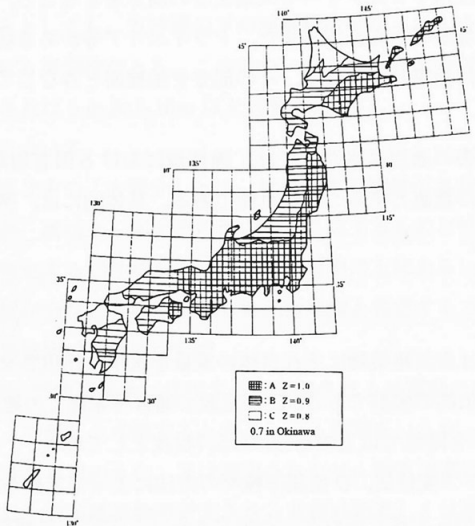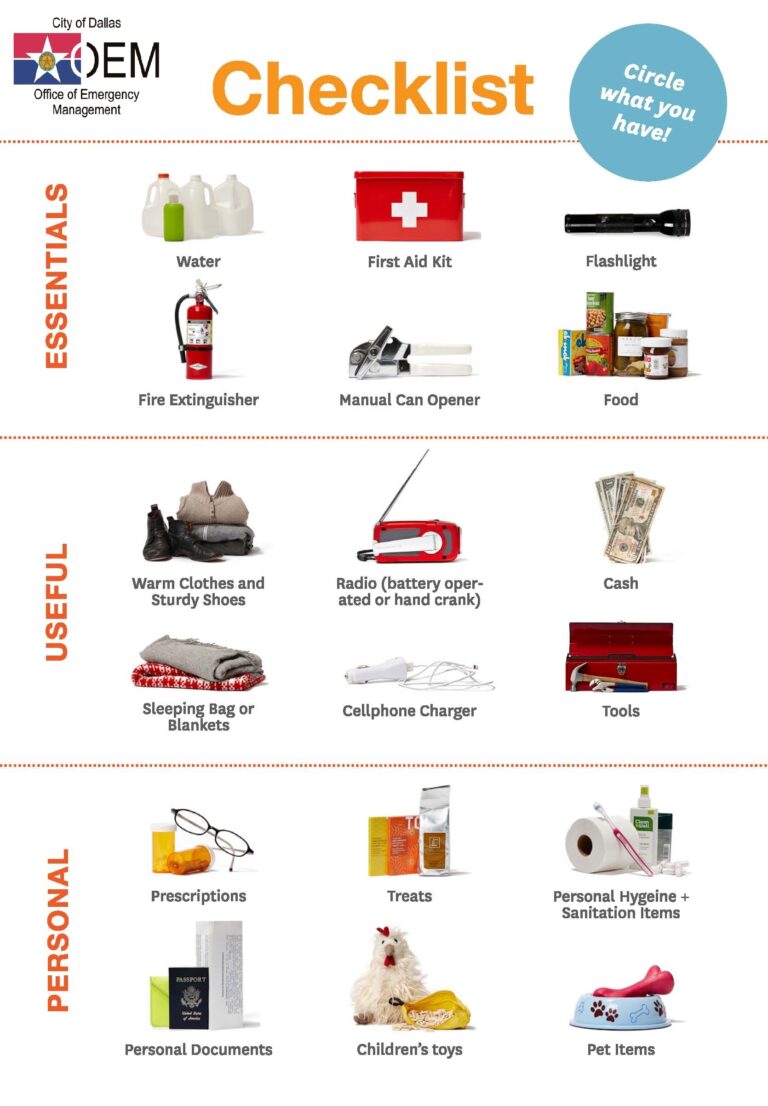Seismic Retrofitting For Old Buildings California
Seismic Retrofitting For Old Buildings
Seismic retrofitting is critical for older buildings in California, especially those built before modern building codes (pre-1978). California sits on several major fault lines (like the San Andreas Fault), and earthquakes pose a serious threat to unreinforced structures.
Here’s a comprehensive guide to seismic retrofitting for old buildings in California:
🏚️ What is Seismic Retrofitting?
Seismic retrofitting is the process of strengthening an existing building to make it more resistant to earthquakes. It reduces the risk of structural failure, injury, and loss of life.
⚠️ Buildings at High Risk in California

- Unreinforced Masonry Buildings (URM) – Brick or stone without steel reinforcement.
- Soft-Story Buildings – Typically have open ground floors (e.g., parking underneath).
- Wood-frame Homes on Cripple Walls – Raised foundations with short walls under the floor.
- Older Commercial Structures – Built pre-code or with weak connections between parts.
🛠️ Seismic Retrofitting Techniques
🏠 For Homes (Wood-Frame on Raised Foundation):
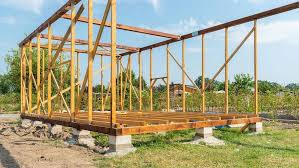
- Cripple Wall Bracing:
- Add plywood sheathing to reinforce short stud walls under the house.
- Foundation Bolting:
- Install anchor bolts to connect the house frame to the concrete foundation.
- Shear Transfer Ties:
- Metal connectors that link the house’s frame to its foundation for added strength.
🏢 For Multi-Story or Commercial Buildings:
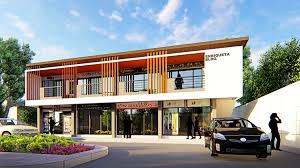
- Soft-Story Retrofitting:
- Add steel moment frames or plywood shear walls to the ground floor.
- Wall Anchoring:
- Secure walls to floors and roofs to prevent collapse or separation.
- Column Jacketing:
- Reinforce weak concrete columns with steel jackets or fiber-reinforced polymer (FRP) wraps.
- Diaphragm Strengthening:
- Reinforce floors and roofs to distribute lateral forces better.
📜 Legal Requirements in California
Many cities have mandatory retrofit ordinances, especially for soft-story and URM buildings:
| City | Retrofit Mandate | Target Buildings |
|---|---|---|
| Los Angeles | Yes | Soft-story, URM |
| San Francisco | Yes | Soft-story (pre-1978, 2+ stories, 5+ units) |
| Oakland, Berkeley, Santa Monica | Yes | Varies – URM and soft-story |
Check with your city’s Department of Building and Safety for current requirements.
💵 Costs & Incentives
- Single-family homes: $3,000–$7,000 (standard brace + bolt)
- Soft-story apartment buildings: $60,000–$130,000+ per building
- Commercial structures: Costs vary widely by size and complexity
💸 Incentives & Assistance:
- California Earthquake Authority (CEA) – Brace + Bolt Program:
- Offers up to $3,000 grants to homeowners
- earthquakebracebolt.com
- PACE financing: Long-term loans repaid through property taxes
- Tax deductions for retrofitting costs in some municipalities
🛡️ Benefits of Retrofitting
- Protects lives and property
- Reduces insurance premiums (CEA offers discounts)
- May be required for resale or refinancing
- Increases building value and safety
✅ Retrofit Checklist for Homeowners
- Get a structural assessment
- Check if your building falls under mandatory retrofit laws
- Apply for CEA Brace + Bolt program if eligible
- Hire a licensed contractor experienced in seismic retrofitting
- Obtain proper permits from your city
- Ensure post-retrofit inspection is completed

